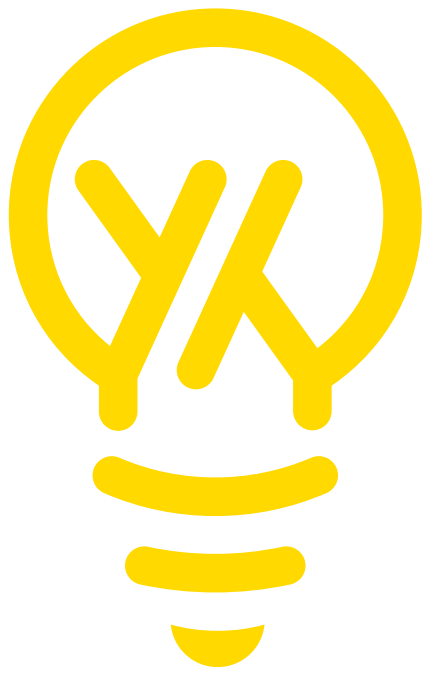— Observations from Montessori Adolescent Education —
As soon as you step into the hallway of Yilan’s Yixin Montessori School, a slender teenager eagerly greets you: "Would you like a cup of coffee?" At first glance, it seems like simple hospitality—but it’s actually part of the school’s “microeconomy.”
Principal Joey Liaw, who built the school’s entire IT infrastructure himself, smiles and explains, “A cup of coffee is NT$35, and the earnings go directly into the student’s personal account.”
Montessori education emphasizes learning through experience—especially on a farm. At Yixin Montessori School, the rooftop terrace has been transformed into a vibrant farm and workspace. It’s all tied into the microeconomy: a chicken coop, woodworking tables, an aquatic ecosystem in a tank—all blooming alongside the sounds of students' chatter and studies.
Because they can see the rise and fall of their earnings in real time, students are highly motivated. One student formed a “Chocolate Group” and started selling brownies, which quickly became a group-purchase hit at nearby Chuang-Wei Junior High.
Another student became an expert in earthworm farming—when the reporter purchased ten worms for NT$20, a young girl carefully sifted through soft soil to collect them, even offering care instructions like a true specialist. Students at Yixin have a strong number sense of numbers and interdependent systems. The Chocolate Group must buy eggs from the Chicken Co-op. Raising chickens requires worms. Everything is interconnected. “Next semester, we’ll introduce investment concepts and explore personal finance with the students,” Joey explains.
Microeconomy is a vital part of Montessori adolescent education. As students plan what products to sell, how to produce them, and how to market them, they naturally engage with related fields—biology, math, woodworking, ecology, baking—and experience integrated, real-world learning.
To better track both learning progress and account balances, Joey put his engineering skills to work. Over two months, he developed a custom “Learning Resource Network” platform, which maps each student’s learning journey. Through its course selection system, teachers can confirm which students have earned certifications. There’s no longer a need for handwritten observation logs. Parents, teachers, and students can each access tailored views of the data. Learning and microeconomy are tightly woven together in this system.
So... would you like a cup of coffee?
Text by Yu-Hsiu Su
Images provided by Joey Liaw



